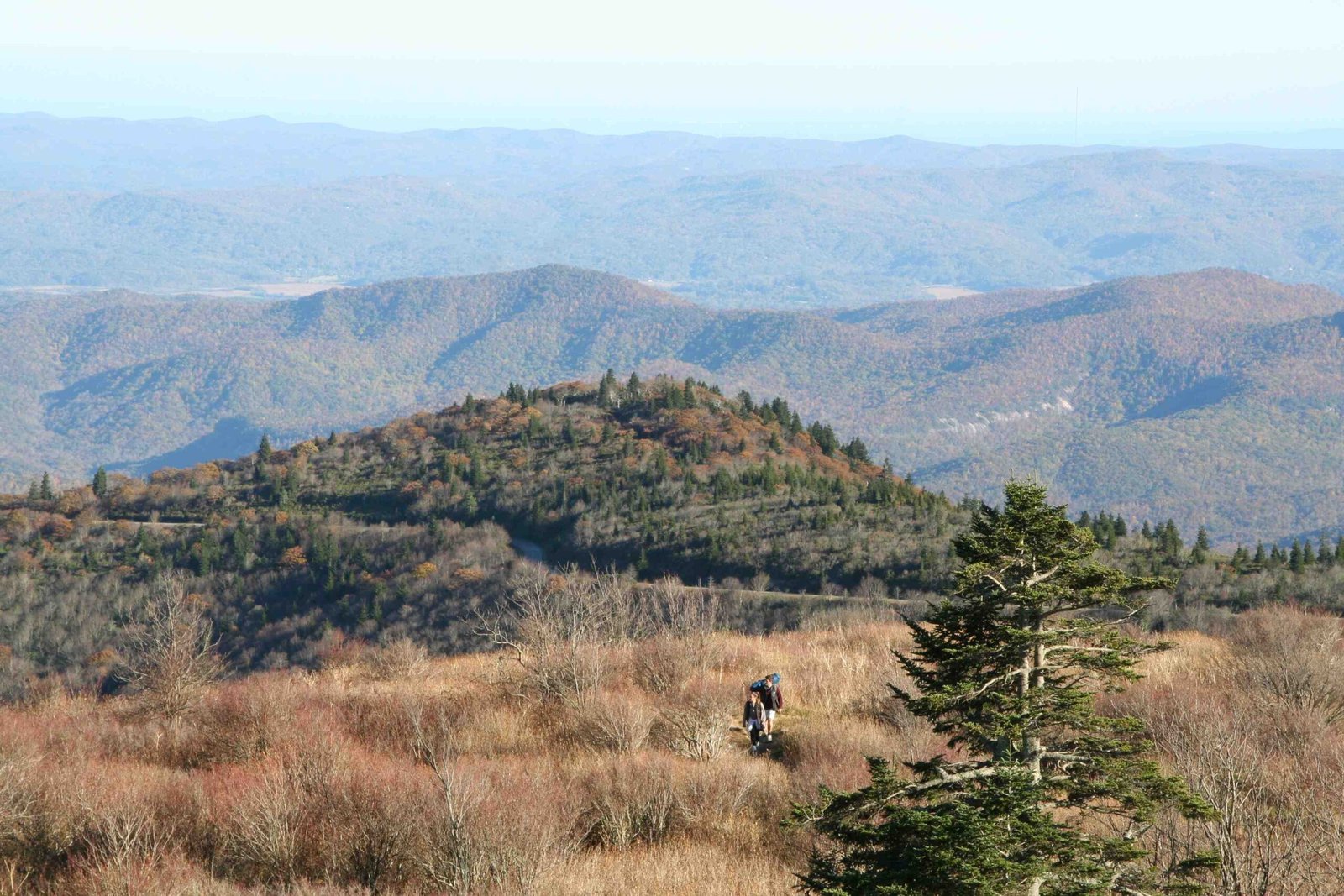Hiking the Appalachian Trail barefoot represents an extraordinary physical and mental challenge that pushes human endurance to its absolute limits. Barefoot hikers traverse over 2,190 miles of rugged terrain, from Georgia to Maine, experiencing every texture, temperature, and terrain variation with unfiltered sensory connection. This unconventional approach demands exceptional foot conditioning, mental resilience, and an intimate understanding of natural landscape dynamics.
What Makes Barefoot Hiking on the Appalachian Trail Unique?

Barefoot hiking transforms the traditional trail experience into a profound sensory journey. Unlike conventional hikers, barefoot adventurers develop an intricate relationship with the ground beneath their feet, learning to read terrain through touch and adaptation.
How Do Barefoot Hikers Prepare Their Feet?
Foot Conditioning Techniques
- Gradual Exposure: Start with short walks on varied surfaces
- Daily Foot Strengthening Exercises
- Massage and Recovery Protocols
| Terrain Type | Difficulty Level | Adaptation Time |
|---|---|---|
| Soft Forest Floor | Low | 1-2 weeks |
| Rocky Paths | Medium | 4-6 weeks |
| Mountain Trails | High | 8-12 weeks |
What Are the Critical Challenges of Barefoot Trail Navigation?
Barefoot hikers face multiple challenges that require exceptional skill and preparation:
- Terrain Variability
- Granite rock surfaces
- Muddy forest floors
- Rocky mountain paths
-
Stream crossings
-
Environmental Hazards
- Sharp objects
- Temperature extremes
- Potential wildlife encounters
How Do Experienced Barefoot Hikers Protect Themselves?
Essential Protection Strategies
- Carry lightweight emergency footwear
- Develop exceptional situational awareness
- Practice meticulous foot hygiene
- Implement daily foot inspection routines
What Physiological Adaptations Occur During Barefoot Hiking?
Barefoot hiking triggers remarkable bodily transformations:
– Enhanced proprioception
– Increased nerve sensitivity
– Improved muscular strength in feet and lower legs
– Natural biomechanical alignment
Can Anyone Attempt Barefoot Appalachian Trail Hiking?
Critical Considerations:
– Extensive prior training required
– Exceptional physical fitness
– Mental resilience
– Comprehensive medical clearance
Recommended Gear for Barefoot Hikers
| Item | Purpose | Recommended Type |
|---|---|---|
| Emergency Shoes | Backup Protection | Ultralight Minimalist |
| First Aid Kit | Foot Care | Specialized Foot Treatment |
| Foot Massage Tools | Recovery | Cork Balls, Rollers |
Final Insights on Barefoot Trail Hiking

Hiking the Appalachian Trail barefoot transcends traditional hiking—it’s a transformative experience that reconnects humans with natural terrain. Success demands unwavering commitment, extensive preparation, and a profound respect for one’s physical limitations.
Expert Tips for Aspiring Barefoot Hikers
- Start with shorter trails
- Document your progress
- Listen to your body
- Embrace incremental challenges
Warning: Barefoot hiking involves significant risks. Always consult healthcare professionals and experienced practitioners before attempting long-distance barefoot trails.
Physical and Mental Benefits
- Enhanced body awareness
- Improved balance
- Increased pain tolerance
- Deep connection with natural environments
Conclusion
Barefoot hiking represents more than a physical challenge—it’s a philosophical approach to experiencing wilderness. While not suitable for everyone, it offers unparalleled insights into human potential and natural interaction.

